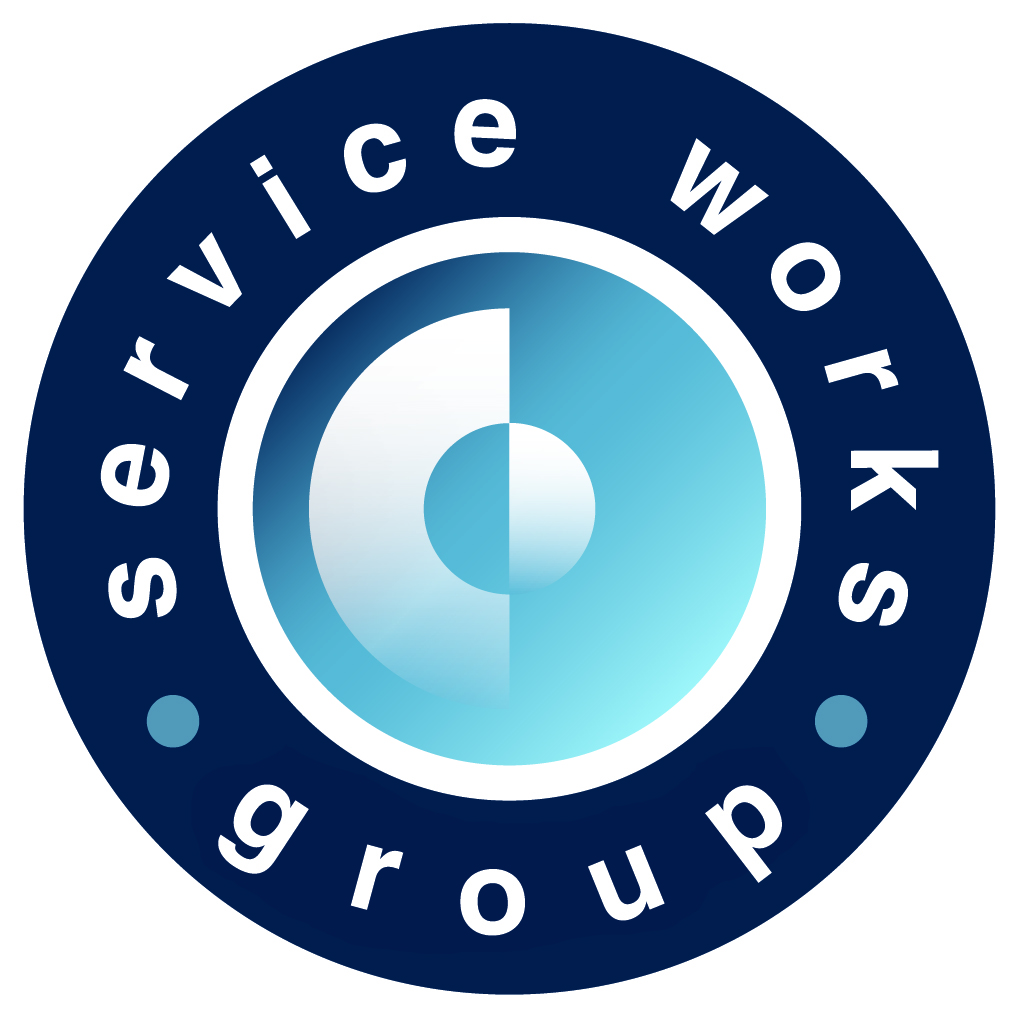A considered maintenance strategy can transform the assets and systems in your buildings from money drains into efficient profit centres. Although it might sound like an exaggeration, getting the most out of your maintenance can lead to:
- Fewer unplanned breakdowns and less operational downtime
- Cost savings from fewer repairs
- A longer lifespan for assets
- Better energy efficiency
- Higher tenant and employee satisfaction
- Enhanced property value
However, for busy facilities managers dealing with budgetary constraints, increasingly stringent regulations, multiple vendors and supply chain partners, ageing infrastructure, and complex property portfolios, it’s difficult to know where to start. Here are five top tips to get you going.
1. Create an Asset Register
Identifying the assets in your buildings and what’s needed to maintain them is crucial. The first step is to create an asset register for all fixed and removable assets — so anything you need to track maintenance against, such as machinery, windows, floors, and vehicles. High-priority items, including boilers and air handling units, should be added initially before expanding the register to next-level priorities.
The register can be stored on paper, Word, Excel or CAFM (Computer Aided Facilities Management) software and contain details such as the location and conditions of the asset, if it’s owned or leased, and who is responsible for it. Storing the information digitally on a CAFM system, such as QFM, makes the data more detailed, dynamic, and useful in the long term. Typically, this allows users to create a unique ID for each asset, including information on the model, manufacturer, description, serial number, warranty dates, asset criticality, installation, date, expiry date, cost, and supplier details, as well as any other details specific to the site.
In addition, using a CAFM system makes it easier for users to create asset groups for a more efficient planned preventative maintenance (PPM) schedule. You can group similar assets according to their type or condition, giving engineers an easy to access database of maintenance records, ensuring greater productivity.
2. Use PPM checklists
PPM (planned preventative maintenance) is scheduled asset maintenance to minimise emergency repairs and downtime. Each asset on the register should have its own PPM programme, informed by the manufacturer’s recommendations, compliance regulations, asset history, and local conditions such as external climate and building occupancy.
As part of the PPM schedule, users should create a preventative maintenance checklist. The concept of electronic checklists has become incredibly popular in recent years for its productivity powers and it’s no different for maintenance. The checklist should contain all the tasks that a technician must perform in a defined order. It should be clear, precise, and without long streams of text, especially if the technician is using a mobile device.
Further information should include step-by-step instructions, the materials and tools needed, safety equipment and precautions, and sign-off or completion. A checklist will help engineers be as efficient as possible and ensure that every scheduled visit is fully aligned with the needs of the particular asset or service being maintained.
3. Know SFG20
Step-by-step instructions for maintaining each asset can be enhanced by using SFG20, the recognised industry standard for building maintenance specifications. The SFG20 database contains more than 1,000 maintenance schedules for 70+ equipment types, removing the need to consult manufacturer guidelines.
The scheduling guidance within SFG20 includes the recommended frequency for maintaining each asset, minimising over- or under-repairing. It also operates a colour-coding system to help you prioritise maintenance: red (statutory/legal); pink (mandatory/business critical); amber (optimal); and green (discretionary). Integration with a CAFM system enables changes to SFG20 to be updated automatically. Meanwhile, users can configure the schedule templates according to each unique site or asset group.
4. Get smart
The smarter your building, the more accurate and efficient your maintenance. Equipping assets with internet of things (IoT) sensors and connecting them to the network will allow you to monitor and measure their condition and performance in real time. Sensors can also provide you with historic datasets that grow over time to help you better understand how the assets behave and what maintenance they need.
What’s more, getting ‘smart’ allows you to shift to a more predictive maintenance or condition-based maintenance strategy. The data collected from IoT systems can determine the point at which maintenance is necessary, minimising the cost of spare parts, downtime, and engineer visits. When the IoT-equipped asset is connected to QFM, any reading outside pre-agreed parameters automatically creates a job and assigns an operative.
Sensors can also monitor temperature, pressure, humidity, vibration frequency, and other condition information, allowing the user to schedule work before an asset breaks down. This capability also reduces the risk of over-maintaining assets, and shortening their life in the process, which remains a risk under PPM.
5. Integrate BIM
Finally, you should consider the benefits of enhancing maintenance with building information modelling (BIM) software. BIM is the digital representation of the physical and functional components of a building throughout its lifecycle. Often organisations are sceptical about BIM, especially those with older buildings because of an assumption that the software’s barrier to entry is too high. However, rapid advances in laser-scanning technology mean harnessing data is easy to implement and cost-effective.
Integrating BIM and CAFM will provide richer data points and invaluable asset information. BIM adds a key visual dimension to building operations, allowing users to see where assets are exactly located, including non-visible assets such as HVAC, plumbing and heating/air conditioning systems. BIM provides 3D viewing of these non-visible assets to help diagnose and rectify maintenance issues.
In addition, combining an IoT platform, CAFM software and BIM data will generate a more holistic view of building performance that will help underpin strategic FM actions. Where an office has a meeting room that nobody uses because the heating is temperamental, the BIM data can pinpoint the location of the room, its maintenance history and real-time performance data, enabling the organisation to deal with issue more quickly and accurately.
For more information on how you can optimise your maintenance strategy, please contact us for a chat or a demonstration. Keep up to date on the latest industry and technology developments: sign up to receive SWG’s blog delivered straight to your inbox:







